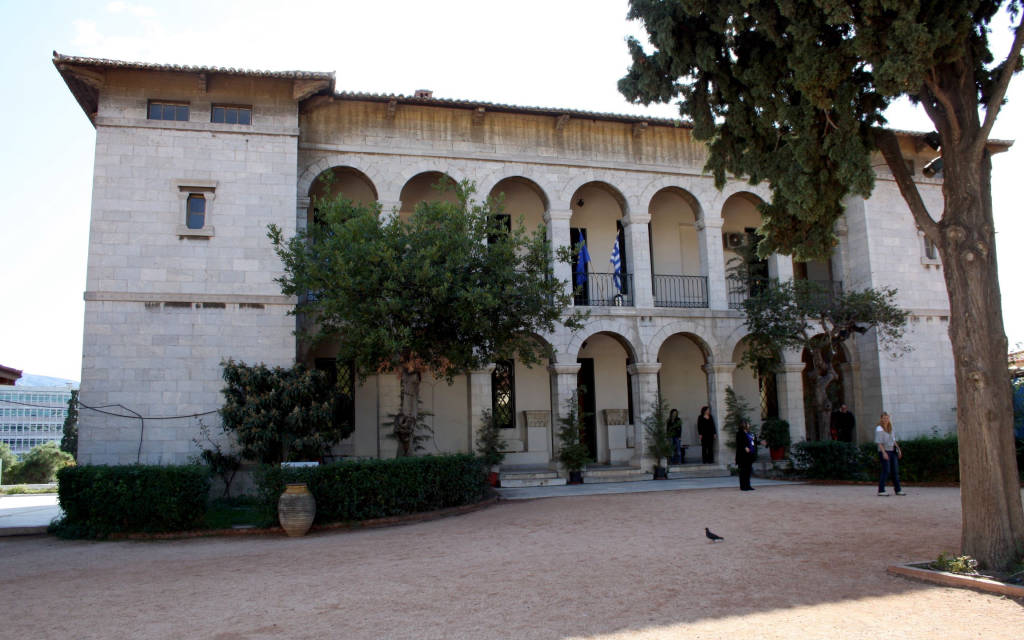The Byzantine and Christian Museum in Athens stands as a venerable institution, weaving together the threads of history, art, and spirituality that defined the Byzantine era. Established in 1914, this cultural haven has become a guardian of Greece's rich Byzantine legacy, inviting visitors to embark on a captivating journey through the centuries.
Nestled in the heart of Athens, the museum finds its home in the neoclassical Villa Ilissia, a testament to architectural elegance designed by the esteemed Anastasios Metaxas. Beyond its physical beauty, the building serves as a fitting vessel for the treasures it houses, creating a harmonious backdrop for the exploration of Byzantine art and history.
The museum's genesis is rooted in a pivotal period, the Byzantine era, spanning from the 4th to the 19th century. Its founders envisioned a space that would encapsulate the transformative influence of the Byzantine Empire on various facets of culture. Over the years, the museum has evolved into a repository of diverse artifacts, each a fragment of the intricate tapestry that is Byzantium.
One of the museum's crowning jewels is its icon collection, a testament to the religious fervor and artistic ingenuity of the Byzantine people. These sacred images, spanning from the early Christian period to the post-Byzantine era, provide an intimate window into the spiritual practices and evolving artistic styles of the time. Each icon tells a story, conveying the deeply rooted connection between faith and artistic expression.
 Register
RegisterSign in Travel Agent
Sign in Supplier
Sign in Affiliate
Sign in Guru



 Leof. Vasilissis Sofias 22, Athina 106 75, Hy Lạp
Leof. Vasilissis Sofias 22, Athina 106 75, Hy Lạp